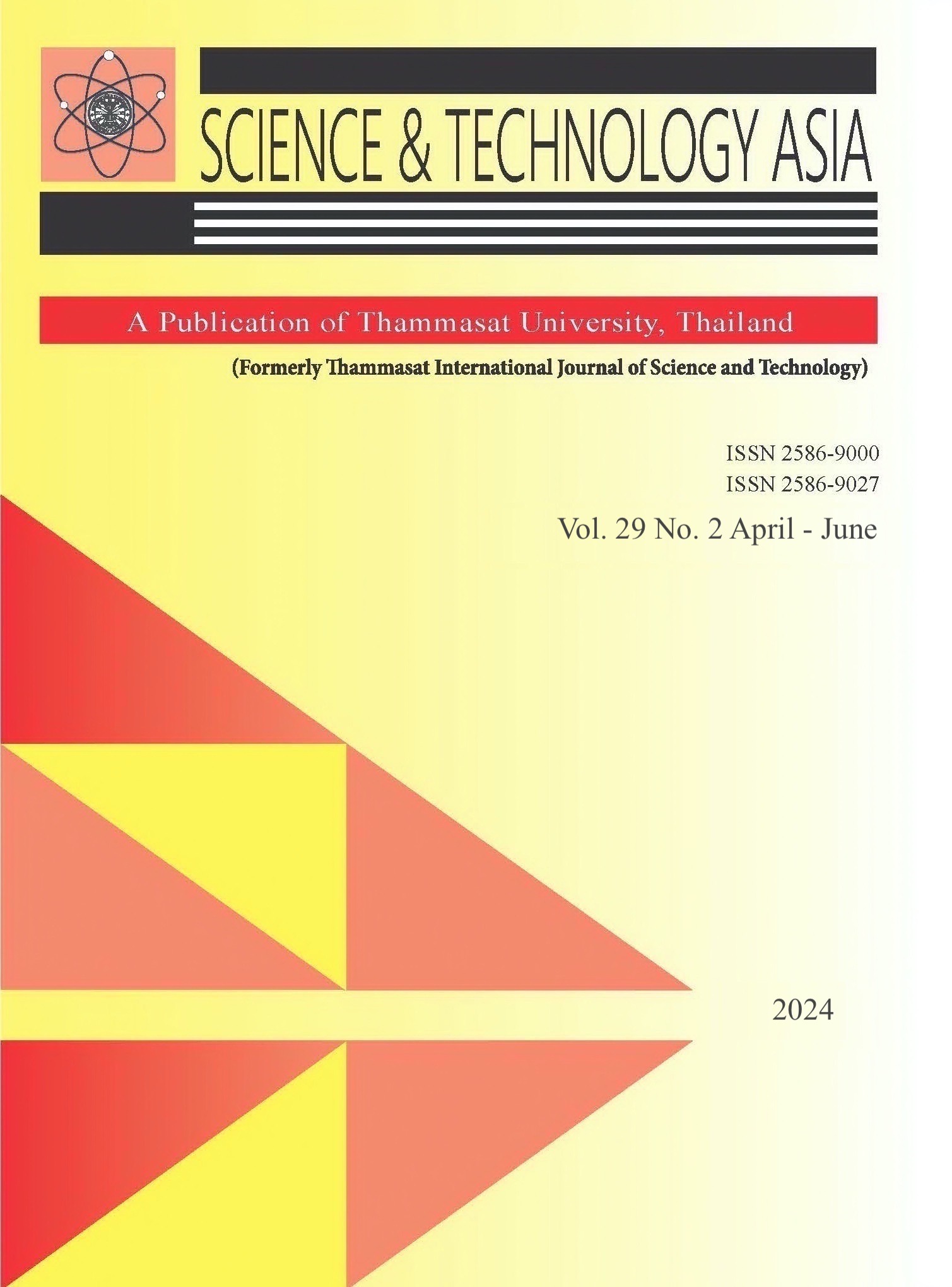Cost Reduction by Fleet Planning for Parcel Delivery Service
Main Article Content
Abstract
We consider the fleet planning problem for one of the leading Thai parcel delivery couriers, emphasizing the synchronization of fleet sizes with cyclical parcel volumes. The formulation of an integer programming problem aims to minimize fleet costs by leveraging historical parcel volumes. The model is applied to a single last-mile hub, resulting in a 19% reduction in the average monthly number of riders, a 22% decrease in the number of drivers, and an overall 19% reduction in fleet costs. Additionally, the model enhances fleet earnings, demonstrating a remarkable 36% increase in rider incentive payments and a 22% rise for drivers. In our model, we establish conditions that define the minimum number of fleets for each type of fleet on a daily basis. Furthermore, we guarantee that the total number of monthly shift fleets aligns with the daily count of shift fleets in each month. Encouraged by these positive outcomes, the recommendation is to extend the application of this model to all 95 last-mile hubs. The findings underscore the efficacy of strategic fleet planning in achieving cost reduction, operational optimization, and revenue increase across the organization.
Article Details

This work is licensed under a Creative Commons Attribution-NonCommercial-NoDerivatives 4.0 International License.
References
Economic Intelligence Center, Siam Commercial Bank, “Follow the parcel transportation market 2022”, Retrieved November 8, from
https://www.scbeic.com/th/detail/file/product/8322/gal7n7fb92/EICNote_Parceldelivery_20220610.pdf, 2022.
Hongyan Dai and Peng Liu, “Workforce planning for O2O delivery systems with crowdsourced drivers”, Annals of Operations Research, 2019;291:219-45.
Jiawei Tao, Hongyan Dai, Hai Jiang, and Weiwei Chen, “Dispatch optimisation in O2O on-demand service with crowdsourced and in house drivers”, International Journal of Production Research, 2020;58:6054-68.
Hendro Wicaksono and Tianran Ni, “An automated information system for medium to short-term manpower capacity planning in make-to-order”, International Conference on System-Integrated Intelligence, 2020;5:319-24.
Wattanakon Hongnot, “Manpower Planning For NTN Engineering Co.,Ltd.”, Master's Thesis, Srinakharinwirot University.
H. Y. K. Lau, S. O. Woo and C.Y. Choi, “Manpower allocation and shift scheduling using human performance simulation”, IFAC Proceedings, 2006;39(3):181-6.
Alireza Goli, Erfan Babaee Tirkolaee, Behnam Malmir, Gui-Bin Bian and Arun Kumar Sangaiah, “A multi-objective invasive weed optimization algorithm for robust aggregate production planning under uncertain seasonal demand”, Computing, 2019;101:499-529.


